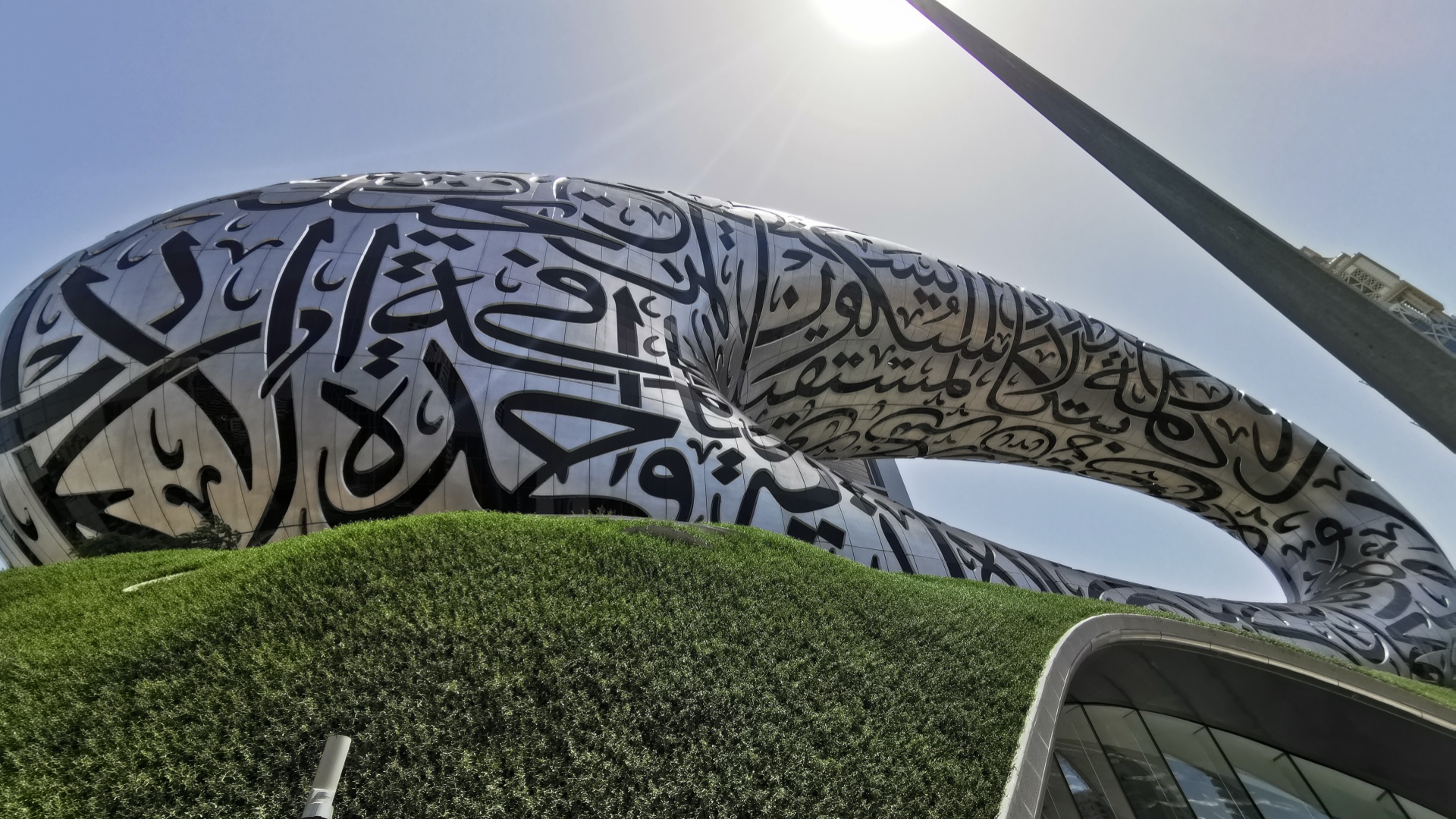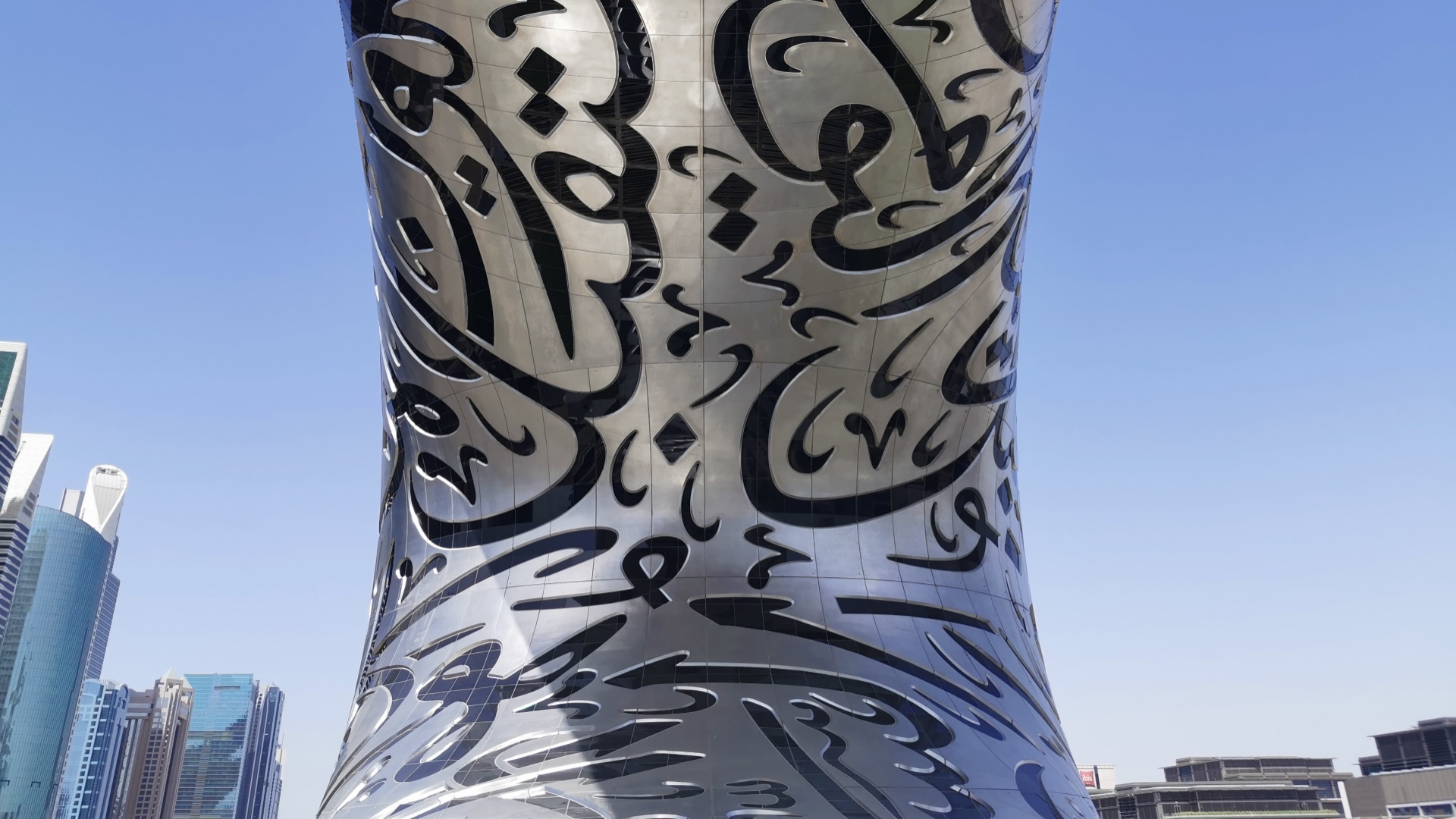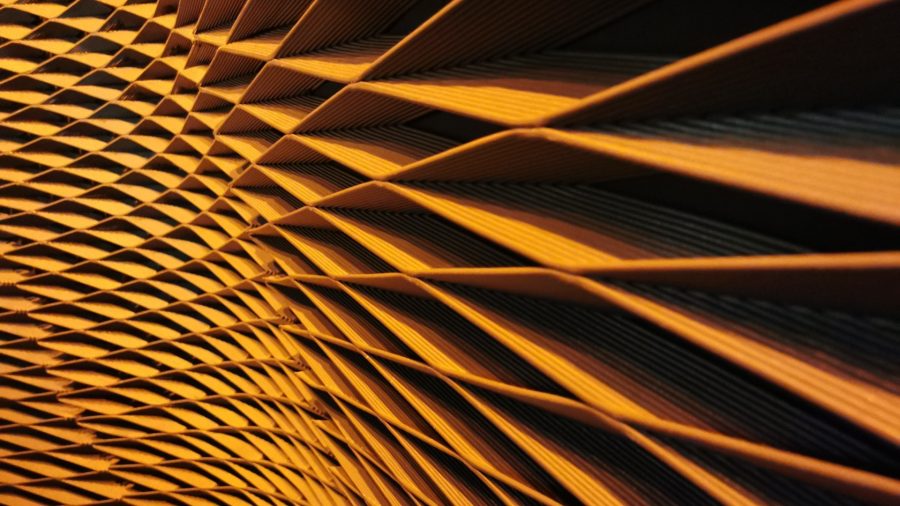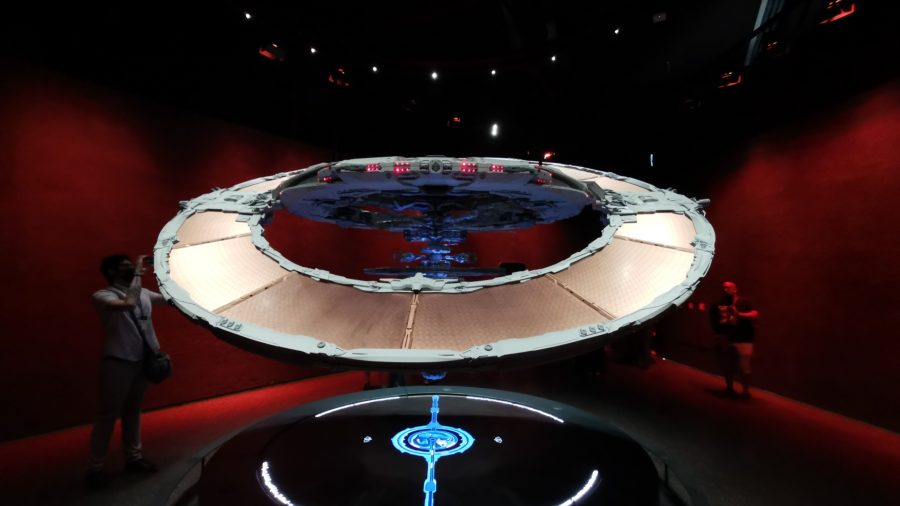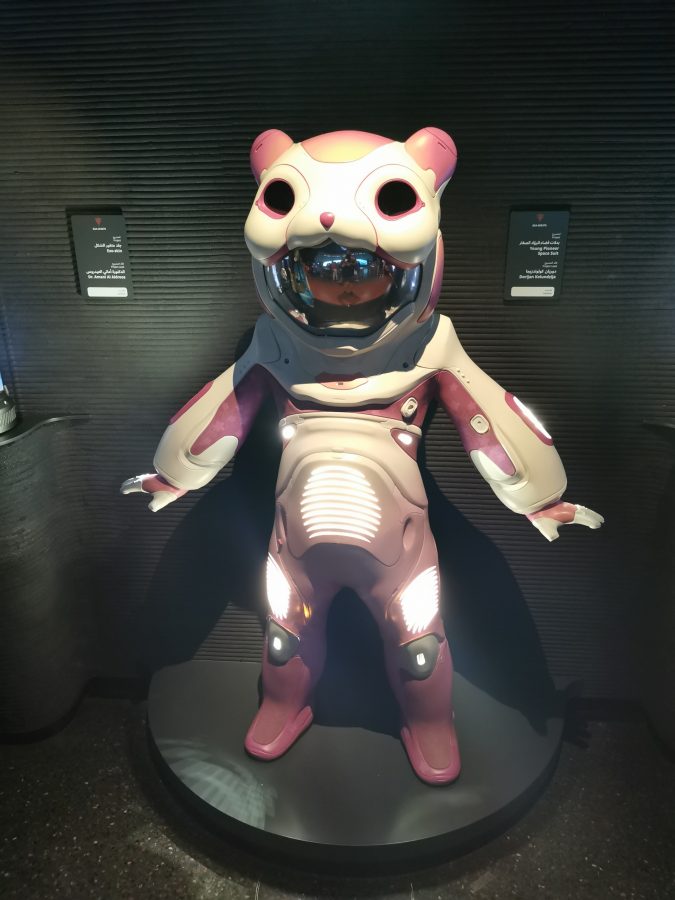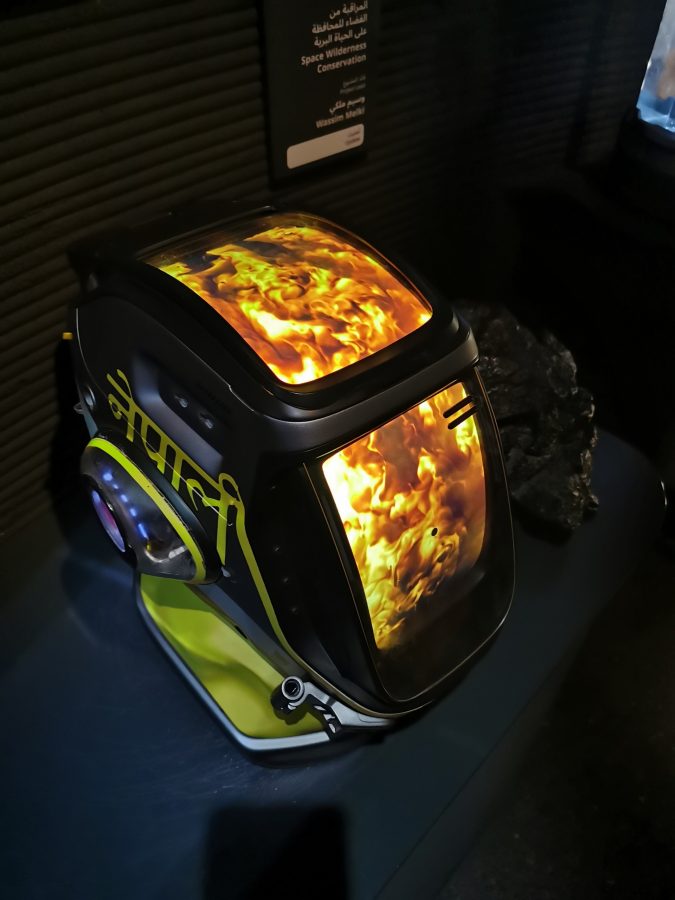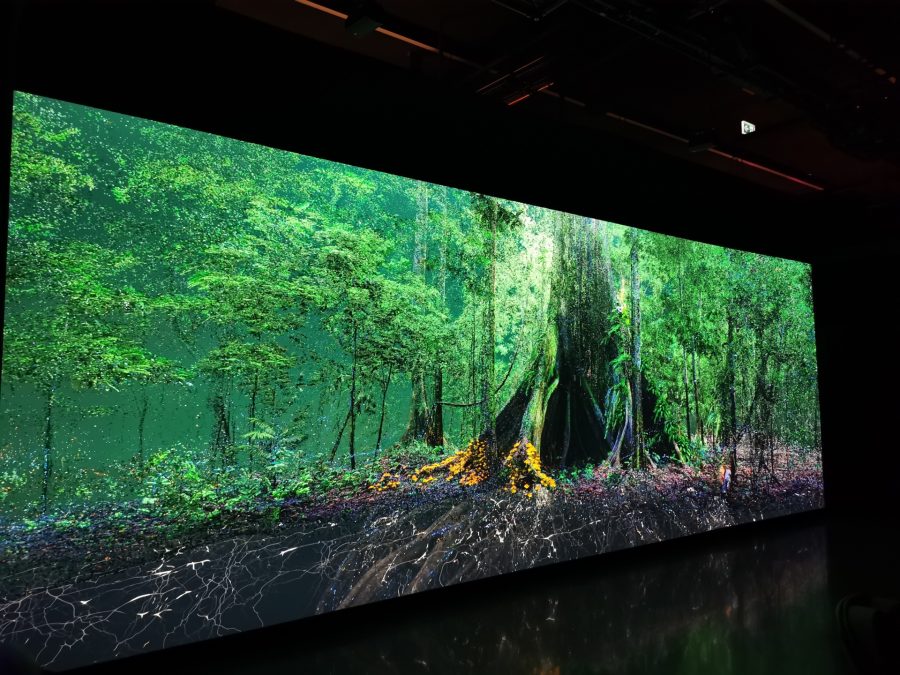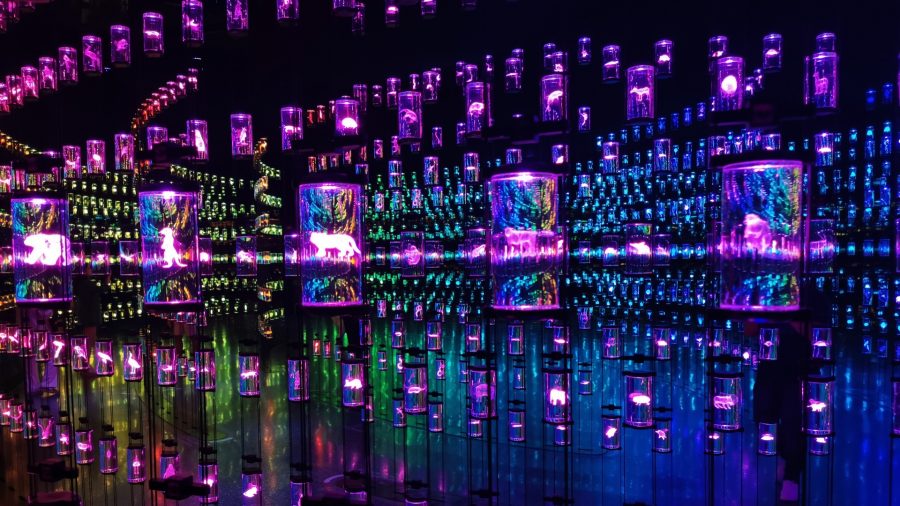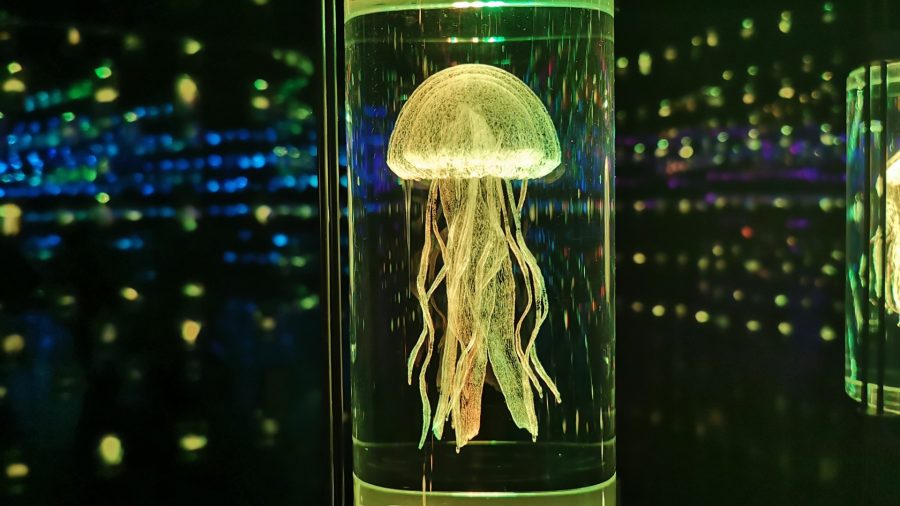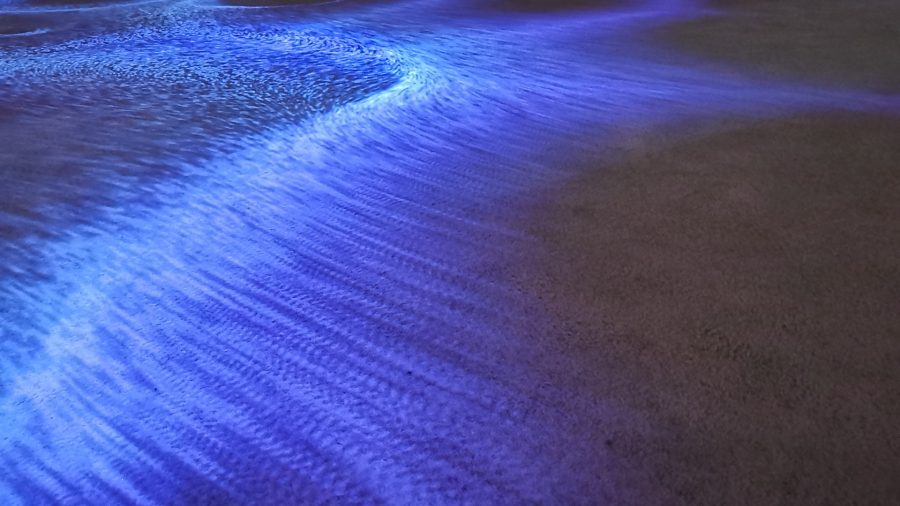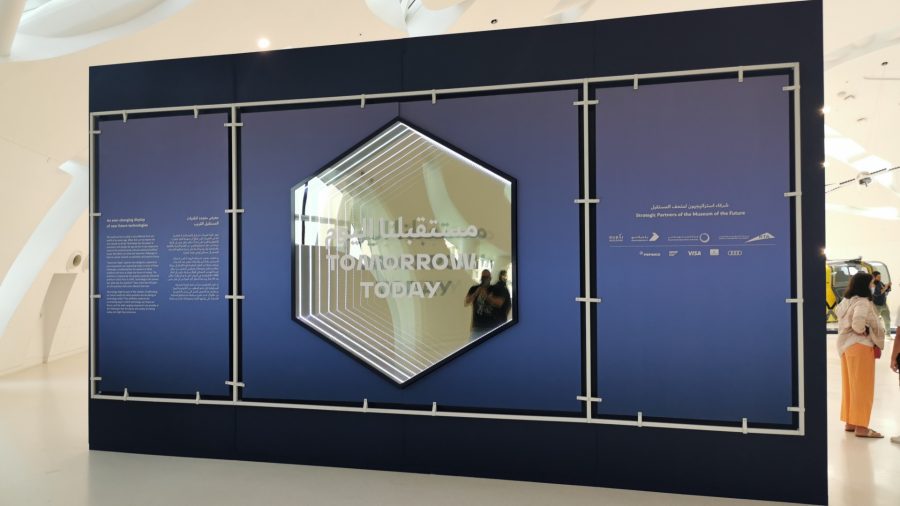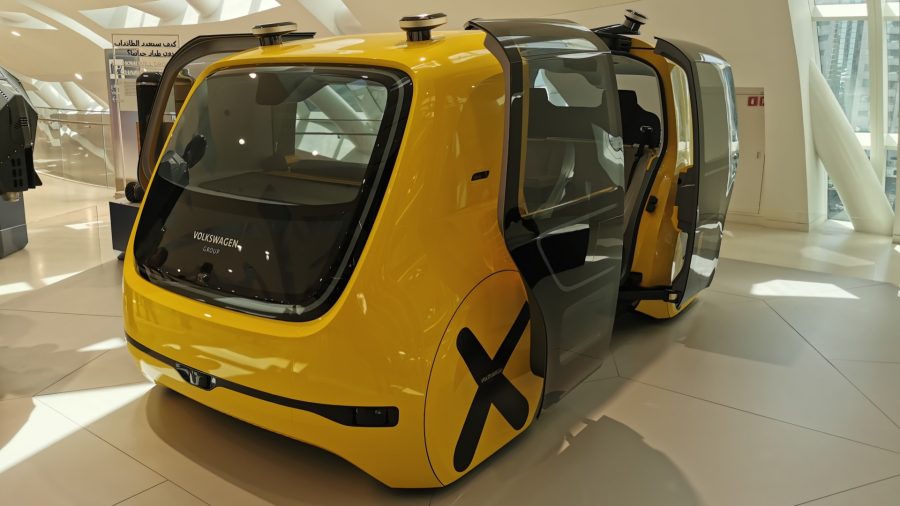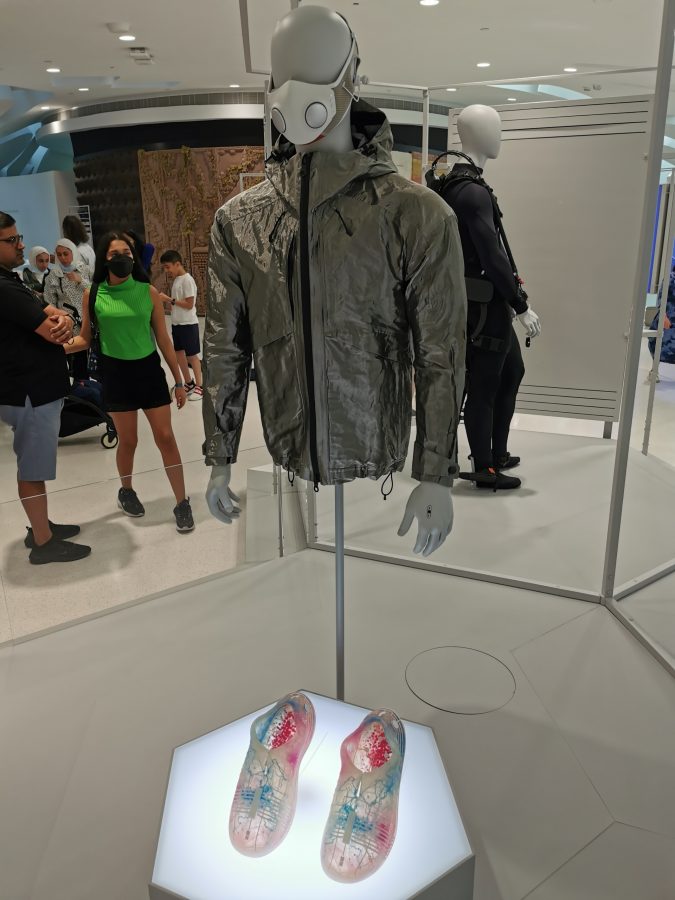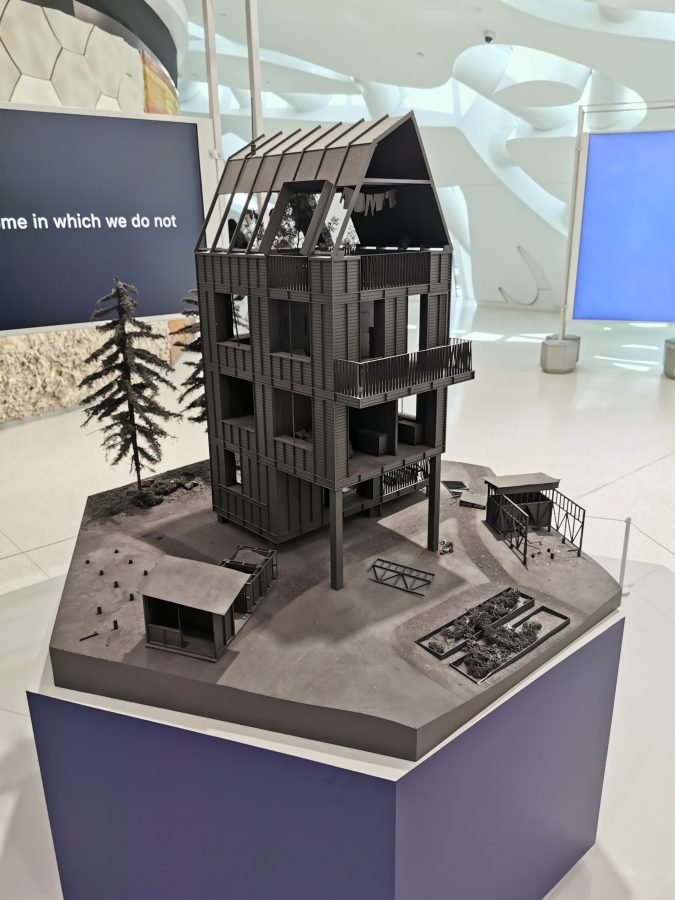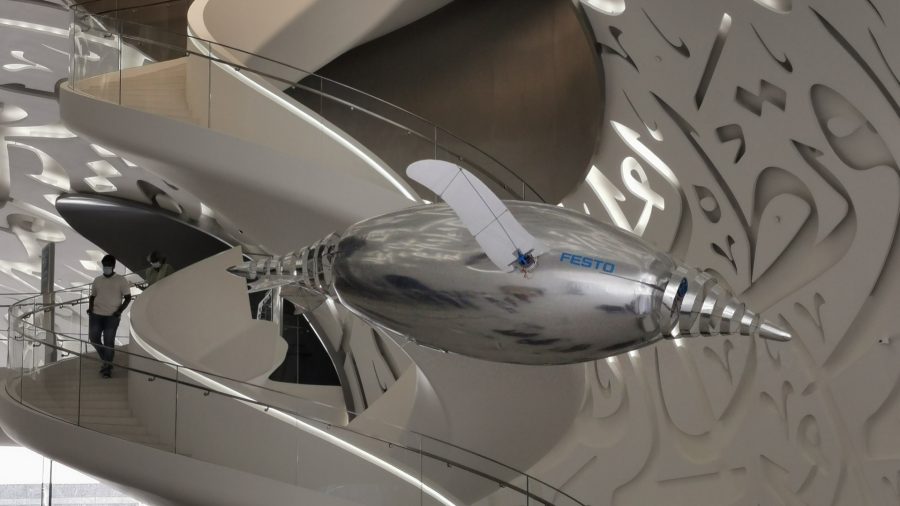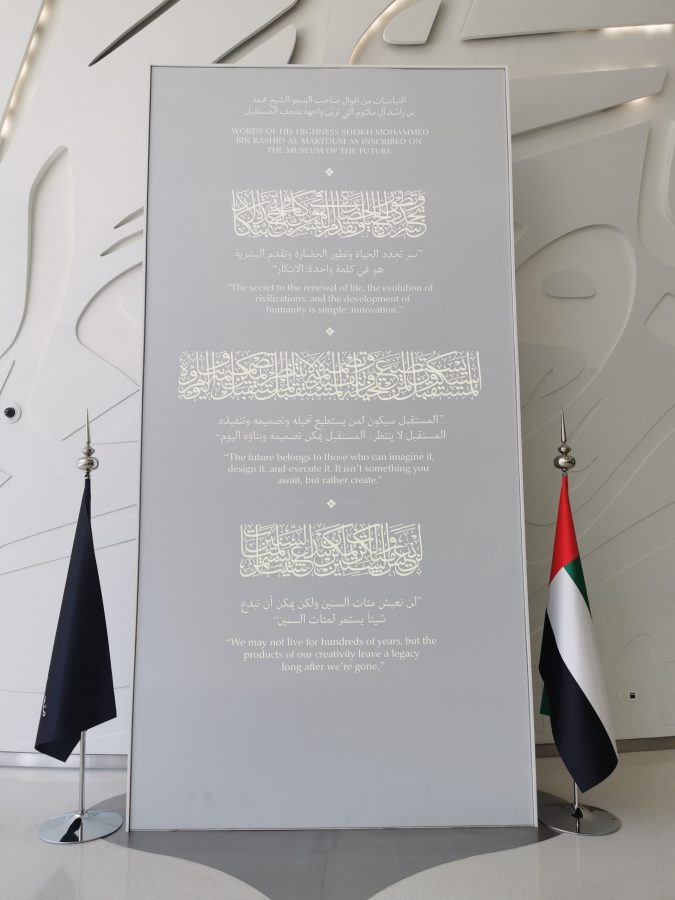Earlier this year, 22nd February to be more precise, Dubai officially opened up the doors of the Museum of the Future to the public.
This new building, situated next to the city’s Sheikh Zayed highway, was commissioned by the Dubai Future Foundation and aims to showcase how technology and innovation can intersect when it comes to tackling problems that face society as a whole.
On a recent trip to Dubai, for HP’s Amplify 2022 Executive Forum specifically, we got the chance to explore the Museum of the Future and experience what it has to offer. Given the fact that travel still remains difficult at the moment, and the fact that opportunities like this don’t come around too often, we thought we’d chronicle our experience.
Here’s what happened.
Once you’ve secured your ticket for AED 145 (~R670), you receive a wristband.
Like many of the experiences at the Museum, this is not as simple a wristband as you may think, with it featuring a white plastic tag and teal coloured silhouette of the building (seen below) that houses an NFC tag. This is used to not only let you in and out of the exhibit, but also to activate certain interactive zones over the floor fours that are available to adults.
There is a fifth level, called Future Heroes, but that is for those aged 10 or below, and we are well past that age, so did not venture into it.
This zone, however, is indicative of what the Museum of the Future is all about, as it is really designed to help spark imagination in younger people. In fact, we were surprised at just how many families were on site exploring the space, so it would not surprise us if every primary school in Dubai visits the space before the year’s end.
Moving onto the tour itself and it is opened up in batches for groups of between 25 to 30 people. As mentioned, there are four specific zones and the first tries to subvert expectations by taking you into space.
Here it places you into the cabin of a “rocket” in a future reimagining of Dubai in the year 2071, starting on the ground floor and ascending up to the top of the exhibit while a virtual rocket launch plays out 10 large panels plastered on all walls and the roof of the room.
You then transition into the first zone proper, aboard the USS Hope, a fictional space station that is designed to address the issue of energy for the planet. Fitted with massive solar panels in a ring around the station, the USS Hope is created to harness the power of the sun and beam down energy in the form of microwaves to Earth, where it can be captured, stored and used.
This is of course a project in concept alone, but shows how solar power can be taken several levels higher. It also serves up a look at how 3D printing can be used to make suits for use in space, as well as other pieces of technology needed while venturing outside our own orbit. There’s even the design of a space suit that is best described as kawaii.
Next is the healing zone. This is not human healing mind you, but rather that of the planet.
This zone is specifically designed to showcase the power of nature, and perhaps the fact that if left alone, can truly thrive. It therefore serves as a reminder of just how destructive the actions of human beings has been on the ecology of our planet.
One of the best spaces of the entire exhibit can be found in this zone. It is called the Library of Life and chronicles every type of mammal, fish, bird, insect and bacteria that exists or has existed on Earth in an illuminated space that changes colour like your favourite RGB keyboard.
In fact, it reminds us of teamLab’s Borderless Tokyo exhibit.
After that, one floor down is an experience for the senses, which focuses on reflection and relaxation. Here you get to walk on a soft carpeted floor which is designed to mimic the feeling of walking on sand, as well as track your footsteps via an intricate lighting system.
The experience is further amped up when multiple walk in the space, as interesting patterns emerge. There is also a room that invites people to lay down and look up at the ceiling, which is illuminated to look like you’re underwater.
The fourth zone, and where the tour for adults comes to an end, looks to showcase innovative technology that seeks to answer questions – such as what we will drive, wear, build and eat in the future.
Here we see concept vehicles from Volkswagen in the form of autonomous vehicles for ridesharing, or 3D printed walls and clothes made from recycled materials. Of all the zones for people to explore, this is easily the most interesting given the fact that many of these products and concepts are around the corner from coming a fully fledged reality.
Oh, there is also an Audi E-Tron rally car that we simply had to snap a picture of. From there you can venture out onto an outdoor balcony to snap shots of the city before exiting the exhibition.
We spoke to the people working at the exhibits and they explained to us that these experiences could be changed down the line, with new concepts rotating in and out every 18 to 24 months.
If that is indeed the case, it would be interesting to see what other experiences can be showcased in the Museum of the Future, especially as technology has infiltrated every aspect of our lives.

